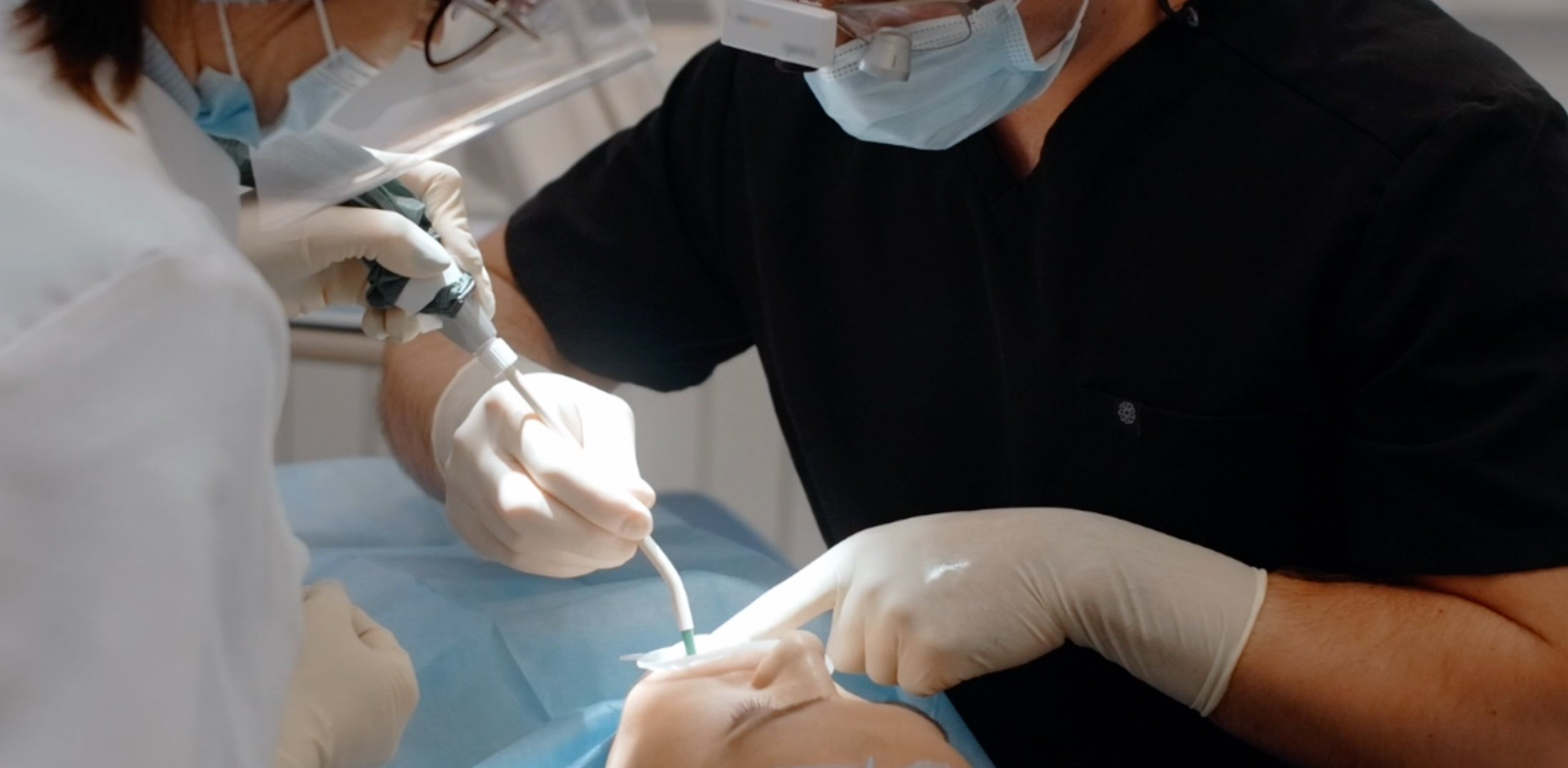Australians are increasingly turning away from private health insurance, due to a range of factors. This move is prompting questions about other available funding pathways for basic care.
Rising costs, increasing out-of-pocket expenses, and limited benefits have left many Australian's questioning whether private health insurance is still worth the investment. Private Health Insurance premiums increased by an average of 3.73% on April 1st 2025 (marking the largest increase in 7 years), resulting in an average policy now costing $160 per month. This move has prompted many consumers to reconsider the ongoing value of their policies. Following the increase, research according to Finder shows that 16% of policy holders (approx. 2.4Million Australians) are planning to cancel their policy in 2025.

Rising Premiums & stagnant Rebates have resulted in Extras policies becoming more expensive, but the benefits have not increased proportionally.
-
Over the past two decades, Private Health Insurances premiums have risen by over 200%, often outpacing inflation, while the annual caps on extras rebates remain relatively low (e.g., ~$500–$800 per year for dental).
-
Many Australians find they pay more in premiums than they receive in rebates
The Cost of Dental Extras: A Growing Concern
Dental extras are one of the key selling points of private health insurance policies. However, for many Australians, the cost of premiums continues to rise while the value of these extras remains stagnant. Policies often provide limited annual benefits that fail to cover the full cost of even routine dental care, leaving patients to foot the majority of the bill themselves.
For example, a private health insurance policy might offer an annual dental benefit cap of $1,000. This is quickly exhausted by treatments like fillings, root canals, or periodontal care, which can easily exceed this amount. The result? Patients pay hefty premiums but still face significant out-of-pocket expenses. READ MORE
The Large Gap for Major Treatments
When it comes to major treatments and procedures, the gap between what insurance covers and the actual cost can be staggering. Patients often find themselves paying thousands of dollars out of pocket despite having what they believed to be comprehensive coverage.
This gap highlights a fundamental flaw in private health insurance: it fails to address the reality of modern care costs. As a result, many Australians feel they are paying twice—once for their insurance and again for their treatment.
The Hassle of Credit Checks and Finance Options
For those without private health insurance, or for those facing significant gaps in coverage, credit-check-based financing options like Afterpay and Humm are often marketed as solutions. However, these options come with their own challenges:
- Approval Processes: Many patients face rejections or delays due to stringent credit checks, adding stress during an already difficult time.
- High Interest Rates: While some platforms advertise interest-free periods, fees and penalties for late payments can quickly accumulate, making these options financially burdensome.
- Debt Accumulation: For individuals already struggling with financial strain, these financing options can lead to unmanageable debt, further impacting their overall well-being.
The Strain on Patients Prioritising Their Health
The financial hurdles associated with both private health insurance and credit-based financing place an undue strain on patients who are trying to prioritise their health. If left untreated, many conditions can lead to a decline can lead to more serious health complications, such as infections or systemic diseases like heart conditions. Patients are forced to choose between their financial stability and their health, a choice no one should have to make.
Why Australians Are Seeking Alternatives
Given these challenges, Australians are exploring alternative ways to fund their dental /medical care:
- Early Access to Superannuation: Australians to fund necessary treatments without the financial stress of loans or credit checks.
- Pay-As-You-Go Treatments: Some patients opt to save and pay directly for treatments, bypassing insurance and finance companies altogether.
- Preventive Care Focus: More Australians are investing in preventive dental care to avoid costly treatments down the line.
The Need for Systemic Change
The current trend away from private health insurance for dental care is a clear indicator that the system needs reform. Policymakers and industry leaders must address the rising costs and limited benefits that leave patients underserved. Solutions could include expanding public dental services, improving insurance coverage for major treatments, or creating more accessible financing options.
As Australians continue to lose confidence in private health insurance for dental care, the growing reliance on alternative funding models highlights a deepening gap in the system. While options like payment plans and clinic memberships offer some relief, they are not always sufficient, particularly for those facing urgent or complex dental needs. In these cases, accessing superannuation under the ATO’s Compassionate Release of Superannuation (CRS) scheme can provide a vital, last-resort pathway to necessary treatment. It is not a solution to be taken lightly, but when used responsibly and with clinical oversight, it can restore health, dignity, and quality of life.
